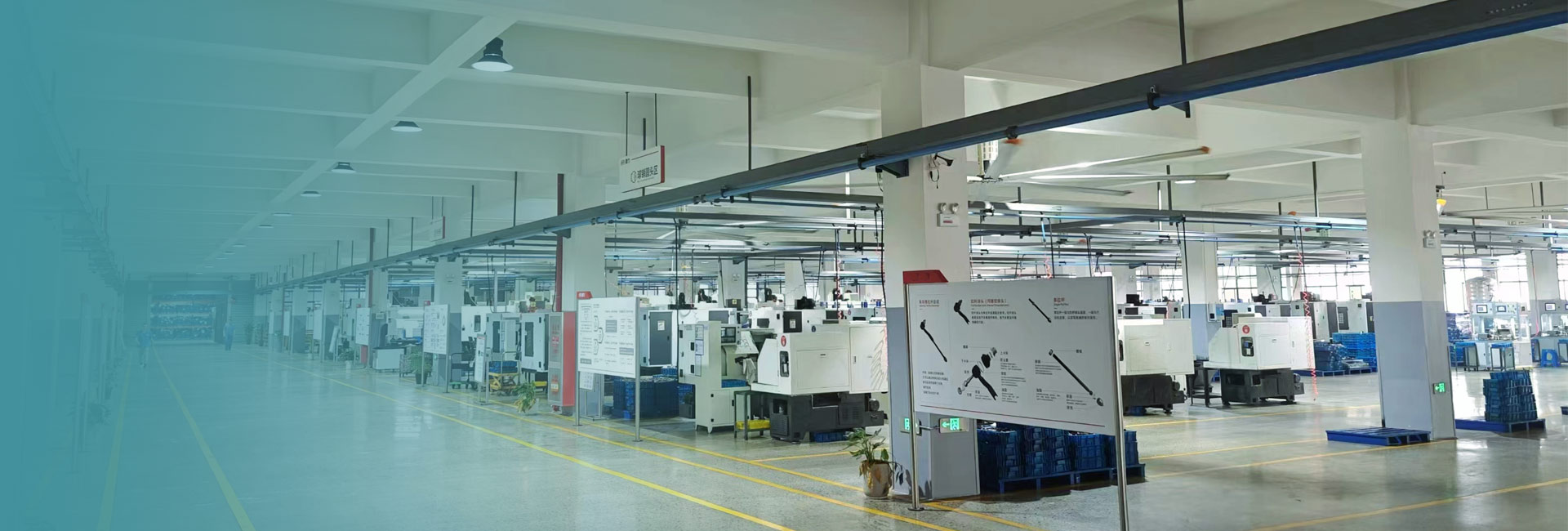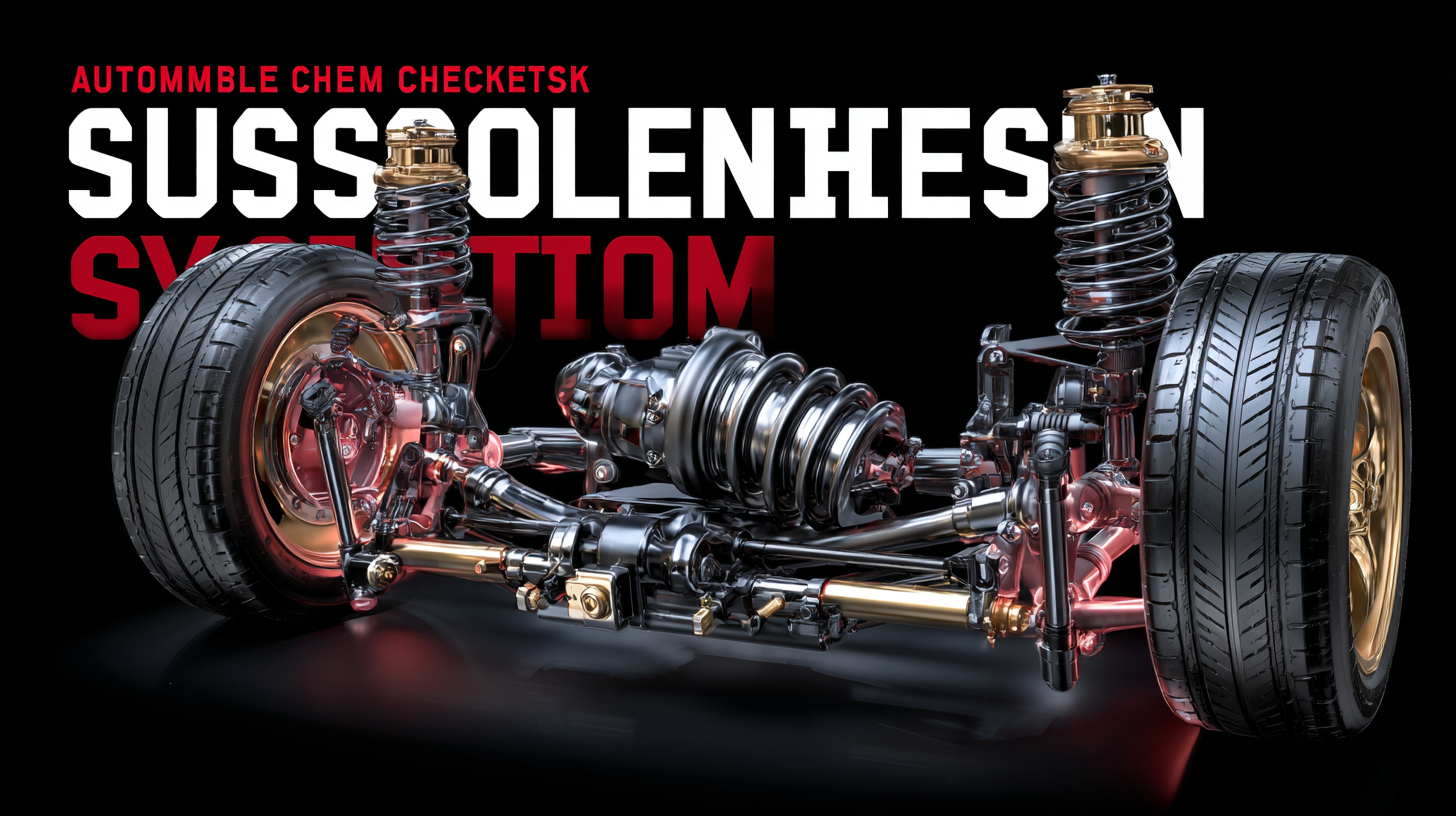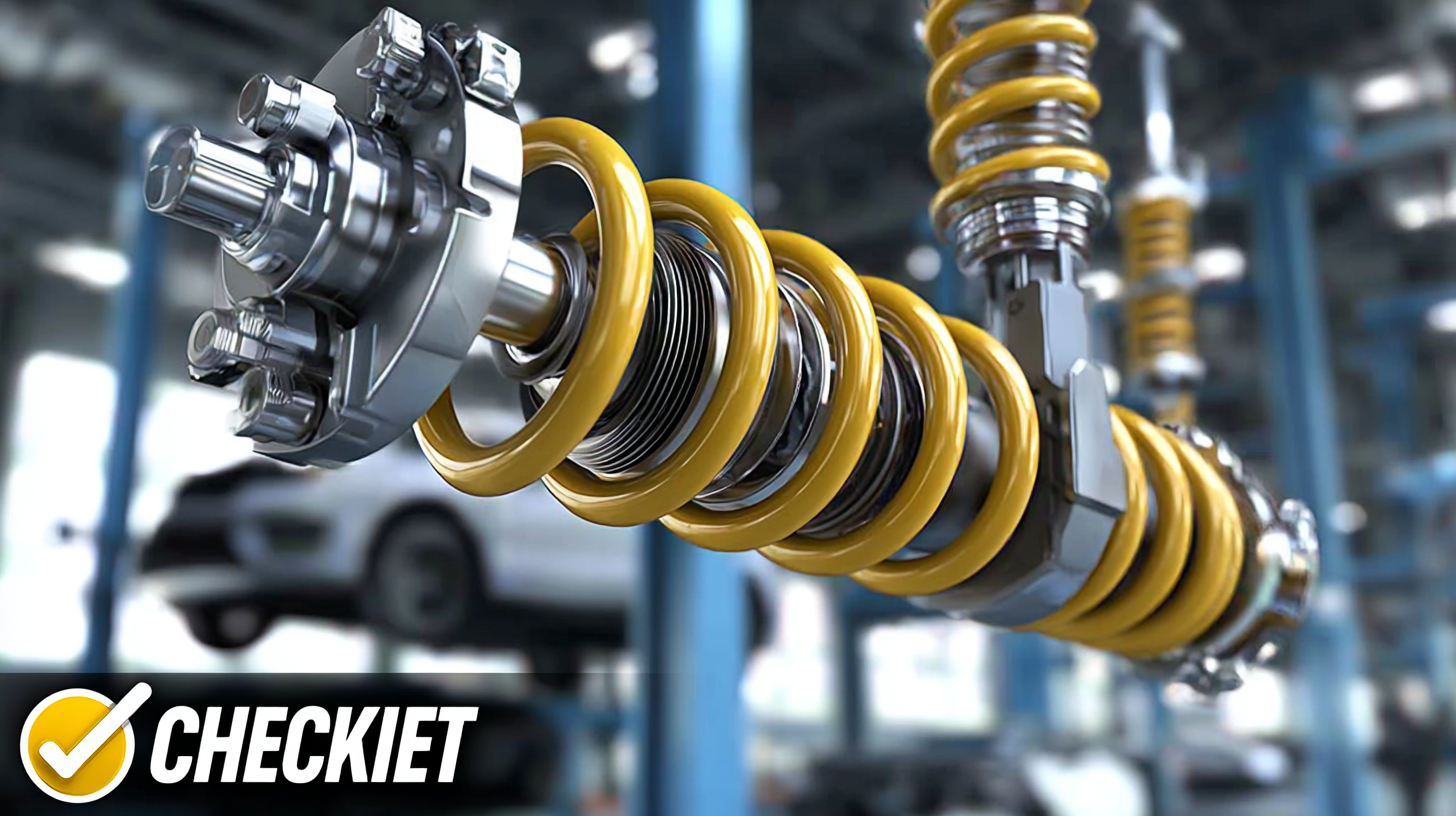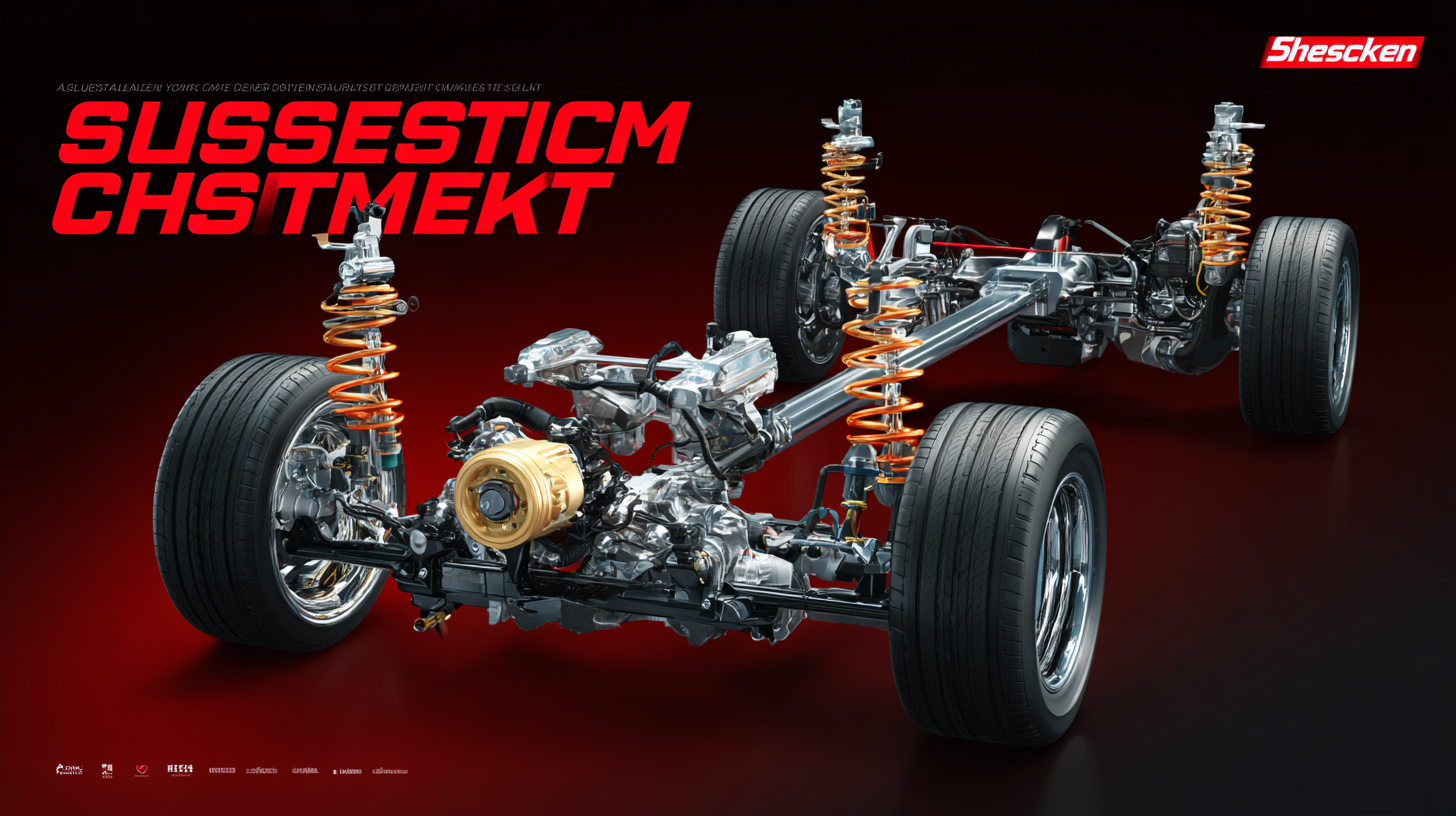


- English
- Español
- Português
- русский
- Français
- 日本語
- Deutsch
- tiếng Việt
- Italiano
- Nederlands
- ภาษาไทย
- Polski
- 한국어
- Svenska
- magyar
- Malay
- বাংলা ভাষার
- Dansk
- Suomi
- हिन्दी
- Pilipino
- Türkçe
- Gaeilge
- العربية
- Indonesia
- Norsk
- تمل
- český
- ελληνικά
- український
- Javanese
- فارسی
- தமிழ்
- తెలుగు
- नेपाली
- Burmese
- български
- ລາວ
- Latine
- Қазақша
- Euskal
- Azərbaycan
- Slovenský jazyk
- Македонски
- Lietuvos
- Eesti Keel
- Română
- Slovenski
- मराठी
- Srpski језик



 The suspension system of a vehicle plays a crucial role in ensuring optimal fleet performance. It directly impacts ride quality, handling, and stability, which are all essential for maintaining productivity and safety on the road. A well-designed suspension system acts as a buffer between the vehicle and the road, absorbing shocks from uneven surfaces and preventing excessive wear and tear on other vehicle components. This not only extends the lifespan of your fleet but also enhances driver comfort, allowing them to focus on their tasks rather than being distracted by road imperfections.
The suspension system of a vehicle plays a crucial role in ensuring optimal fleet performance. It directly impacts ride quality, handling, and stability, which are all essential for maintaining productivity and safety on the road. A well-designed suspension system acts as a buffer between the vehicle and the road, absorbing shocks from uneven surfaces and preventing excessive wear and tear on other vehicle components. This not only extends the lifespan of your fleet but also enhances driver comfort, allowing them to focus on their tasks rather than being distracted by road imperfections. When selecting the best automobile suspension system for your fleet,
When selecting the best automobile suspension system for your fleet,